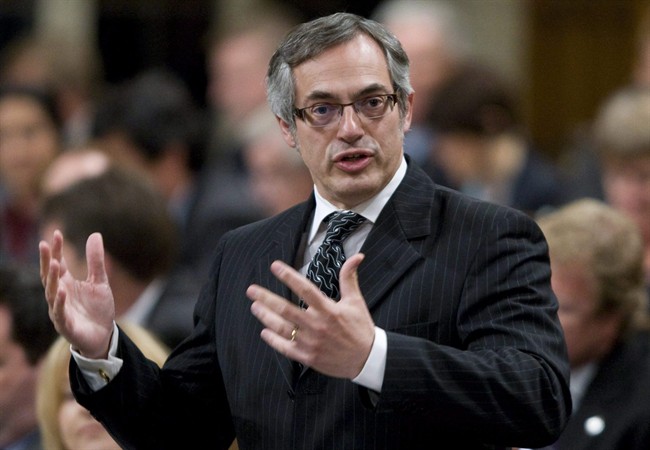OTTAWA — The Conservative government could be moving too quickly to implement some of the contentious cuts announced in the 2012 budget, planning documents suggest.

The Conservatives have long promised cuts to “back office” operations, costs associated with human resources, information technology, communications and records management.
But it was only in Budget 2012 when they said a majority of their $5.2-billion spending restraint program would target these costs, without affecting services to Canadians.
Two years later, bureaucrats at the Treasury Board Secretariat are warning the cuts may be going ahead too quickly and without enough direction.
“There is a risk that the complexity and pace of the transformation agenda may exceed the departments’ and the Secretariat’s capacity to drive standardization and consolidation,” the report reads, later describing the process as a “challenging area of work.”
The warning comes in a recently-tabled report on plans and priorities from Treasury Board, the department responsible for managing federal spending.
Former parliamentary budget officer Kevin Page said the language in the report is “informative,” especially since the Conservative plans to balance the budget before the next federal election at lest partly hinge on making these cuts.
“For me, it strongly suggests that the government’s fiscal strategy … came before, and possibly without, the development of a business transformation plan,” he said Thursday.
- ‘Shock and disbelief’ after Manitoba school trustee’s Indigenous comments
- Invasive strep: ‘Don’t wait’ to seek care, N.S. woman warns on long road to recovery
- Norad looking to NATO to help detect threats over the Arctic, chief says
- ‘Super lice’ are becoming more resistant to chemical shampoos. What to use instead
This means departments will have to absorb the cuts regardless of whether they are able to maintain current service levels to Canadians, he said.
“It looks to me like the government and the Treasury Board are flying at night without radar,” Page said. “This is very poor fiscal management by the government and public service.”
A spokeswoman for Treasury Board President Tony Clement said departments are required to evaluate any perceived risks as part of the monitoring process, but the analysis is “not reflective of the actual situation.”
But the actual situation is quite chaotic, according to New Democrat Treasury Board critic Mathieu Ravignat, who said he’s spoken with members of the public service involved in the process.
“My read of the situation is that they don’t know what’s going on,” he said in an interview Thursday. “It isn’t clear what they need to do, it isn’t clear how they’re supposed to report it, and it isn’t clear that it’s creating efficiencies.”
Adding to the chaos, he said, is the fact these public servants are under “enormous pressure” to rush the initiative in order to be able to book the savings before the next election.
The potential consequences of that, Ravignat said, are two-fold: that intended savings either won’t materialize or will be exaggerated, and that any haphazard cuts could end up affecting services to Canadians.
Clement’s spokeswoman did not respond to an email asking whether the drive to balance the books is causing the rush to consolidate back offices.
A 2013 report from then-Parliamentary Budget Officer Page challenged the government’s assertion that 70 per cent of the austerity program would come from cutting overhead rather than front-line services.
That report came at the height of tensions between the office and Conservative government, as Page and his staff tried to analyze the sweeping cuts only vaguely outlined in Budget 2012.
According to that report, one the Conservatives vehemently refuted, the bulk of the cuts would be felt in programs and services, not the back office. Page’s calculations indicated a mere 15 per cent of the $5.2-billion in spending restraints would come from internal government savings.


Comments